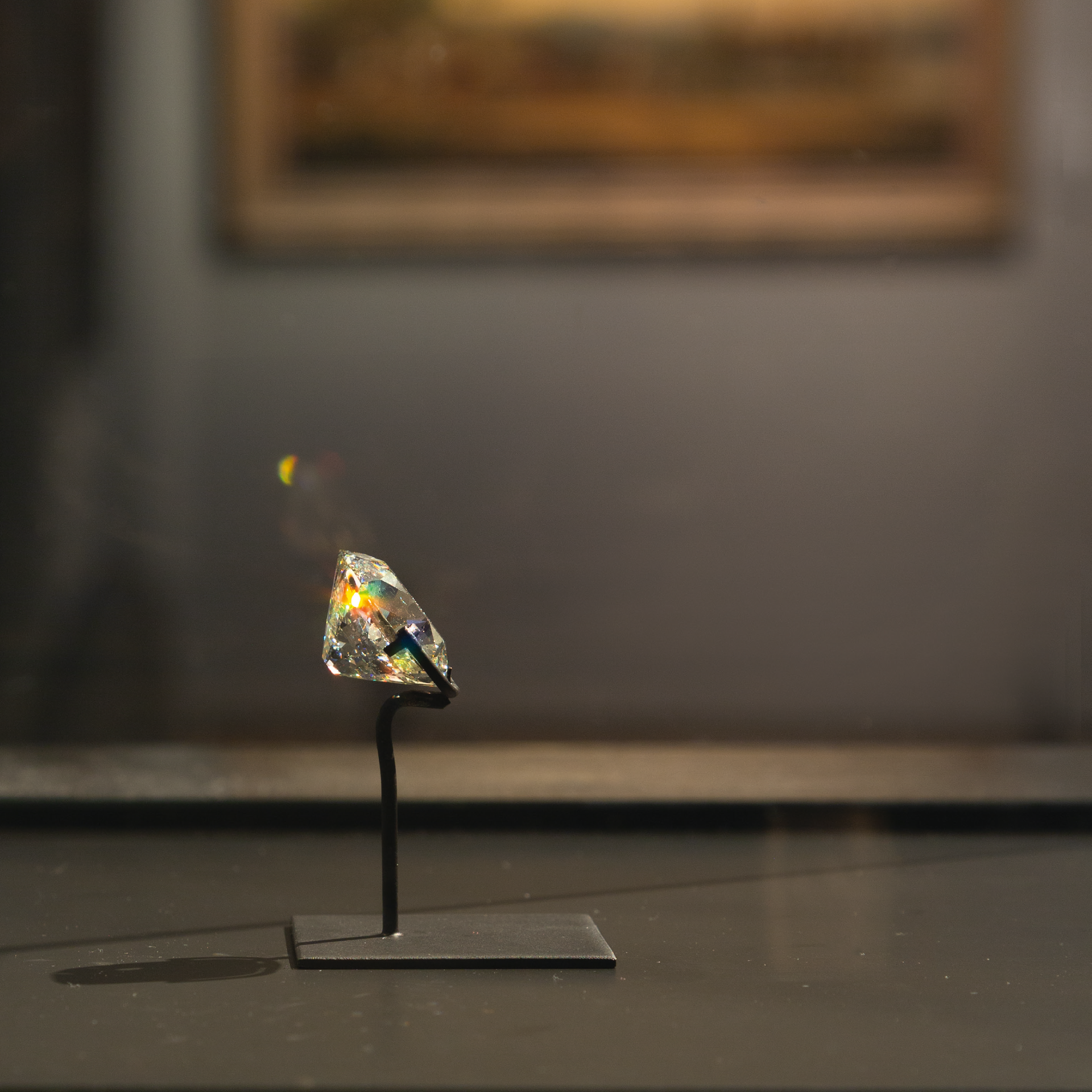The Diamond from Banjarmasin: A Story in Facets
DOI:
https://doi.org/10.52476/trb.13473Abstract
This article tells the socio-political life story of the Banjarmasin diamond that is on display in the Rijksmuseum’s nineteenth-century colonial room. How the diamond came into the possession of the Dutch in 1859 was not entirely clear, although both in the Netherlands and in Indonesia it is cited as a typical example of ‘war booty’ and ‘looted art’. It is therefore used in debates about contemporary identity formation, like the Dutch approach to their violent colonial past and Indonesian post-colonial nation building. But the stone has more to tell: stories about war and violent subjugation, about resistance and the co-optation of the local rulers, about trade and monopolization and about colonial pretension. On the basis of a provenance report written as part of the Pilot Project Provenance Research on Objects of the Colonial Era, this article aims to shed more light on various moments in the diamond’s life story, from mining to exhibition. This also makes it clear that the present-day debate about its painful history and its possible restitution to Indonesia will be not the conclusion but a brand-new chapter in the diamond’s long socio-political history.
Downloads







